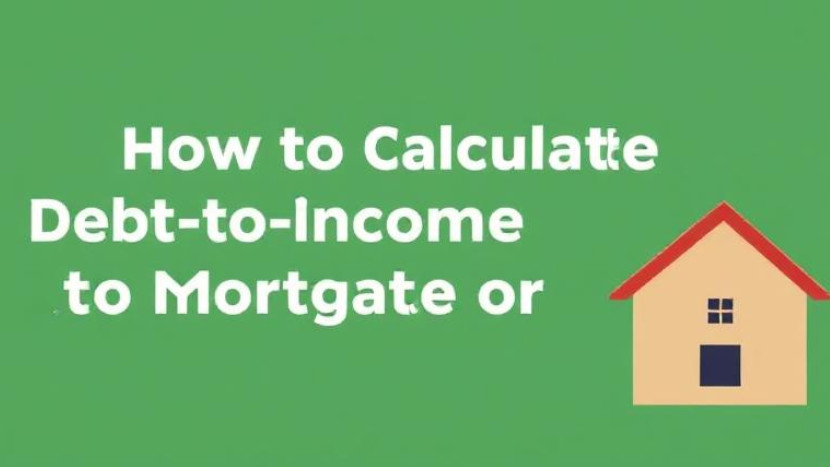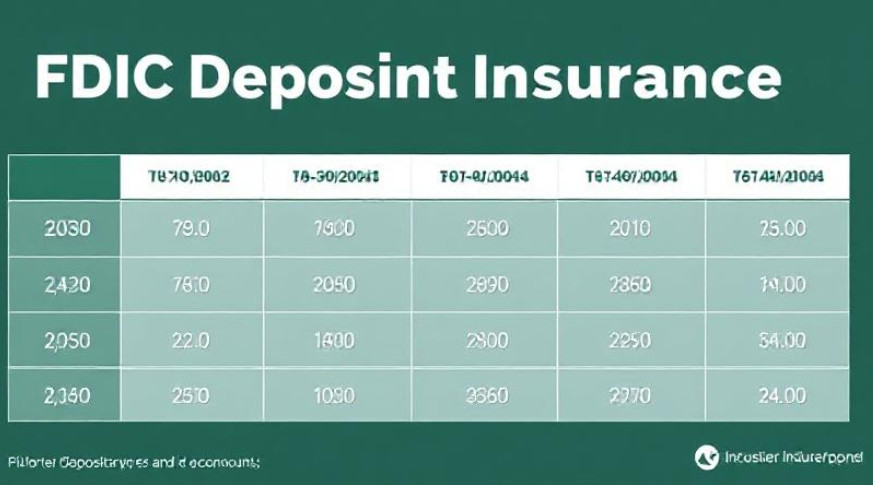Embarking on a military career involves significant personal sacrifices, making it crucial for Armed Forces personnel to maximize available financial benefits. One such benefit, the VA (Veterans Affairs) home loan, stands out as a valuable tool for current and former members of the Armed Forces aiming to achieve homeownership. Let’s delve into the details of VA loans, including eligibility requirements, benefits, and limits.
What is a VA Loan?
A VA loan is a mortgage program designed to assist service members in purchasing homes. While private lenders issue these loans, they are backed by the U.S. government, providing a guarantee that mitigates risks for lenders. This backing enables lenders to offer more favorable terms, including lower interest rates and the waiver of private mortgage insurance (PMI) on loans with high loan-to-value (LTV) ratios.
In 2022, the VA loan limit is $647,200 in most areas, with higher limits, up to $970,800, in certain costlier regions. The federal guarantee not only reduces risks for lenders but also allows for VA purchase loans with no down payment, making homeownership accessible to service members with limited personal savings.
VA Loan Eligibility Requirements
Eligibility for VA loans is contingent on various factors, including service history, discharge status, and branch of service. Key eligibility criteria include:
For Service Members:
• Those with at least 24 consecutive months of service after September 8, 1980, are eligible.
• Service members called to active duty become eligible after serving 90 to 181 days, depending on when the service occurred.
• National Guard and Reservist personnel are eligible after 90 consecutive days on active duty after August 2, 1990, or after completing at least 6 years in service.
For Surviving Spouses:
• Unremarried spouses of service members who died in service.
• Unremarried spouses of service members who died from a service-connected disability.
• Surviving spouses who remarried after December 16, 2003, and after reaching age 57.
• Surviving spouses of totally disabled veterans whose death cannot be conclusively attributed to the disability.
Eligibility details can be found in the VA’s guidelines.
Benefits of VA Loans
1. No Down Payment: VA loans often require no down payment, unlike conventional loans.
2. Lower Interest Rates: The federal guarantee allows for lower interest rates, reducing overall borrowing costs.
3. No PMI: Loans with high LTV ratios are exempt from private mortgage insurance, further lowering costs.
4. Flexible Eligibility: VA loans cater to a range of service members, including National Guard, Reservists, and surviving spouses.
The VA home loan program serves as a powerful financial tool, offering eligible service members and their surviving spouses the opportunity to realize their homeownership dreams. The unique benefits, including no down payment and lower interest rates, make VA loans a compelling option for those who have served in the Armed Forces. Understanding the eligibility criteria and advantages can empower individuals to make informed decisions on their path to homeownership.
Navigating VA Loan Application and Types
Securing a VA loan involves obtaining a Certificate of Eligibility (CoE) to demonstrate eligibility for the loan. The required evidence varies based on Armed Forces branch and active duty status. Here are general requirements for different categories:
• Armed Forces Veterans: Department of Defense Form 214 (DD214) with a full explanation of separation and character of service.
• Active Duty Service Members: A signed statement of service detailing entry date, personal information, and lost service time if any.
• Reservists and National Guard with Active Duty Experience: Department of Defense Form 214 detailing separation and character of service.
• Reservists and National Guard Without Active Duty Experience: A signed statement of service outlining total duration and any lost time.
• Discharged Reservists Without Active Duty Experience: Evidence of honorable service and the most recent retirement points statement.
• Discharged National Guard Without Active Duty Experience: Service records, separation reports, or a retirement points accounting statement with evidence of honorable service.
• Surviving Spouse Receiving DIC Benefits: Veteran’s DD214, VA Form 26-1817.
• Surviving Spouse Not Receiving DIC Benefits: Veteran’s DD214, VA Form 21-534, death certificate, marriage license. Documents sent to the local VA Compensation and Pension office.
Apply for a CoE online through the VA’s eBenefits portal or offline using VA Form 26-1880. Surviving spouses use VA Form 26-1817. Apply through your lender during underwriting or by mailing the form to the VA.
With the CoE, find a qualified VA lender on the VA’s website and initiate the underwriting process.
Types of VA Loans and Grants
1. Purchase Loan: Facilitates buying a primary residence with no money down, applicable to various property types, including existing homes, condominiums, new constructions, and manufactured homes.
2. Cash-Out Refinance Loan: Allows homeowners to refinance their existing mortgage for a higher amount and receive the difference in cash.
3. Interest Rate Reduction Refinance Loan (IRRRL): Enables refinancing an existing VA loan to reduce the interest rate, often without the need for additional underwriting.
4. Adapted Housing Grants: Aimed at veterans with specific service-connected disabilities, providing funds for modifying or purchasing a home to accommodate their needs.
5. Special Housing Adaptation (SHA) Grant: Assists veterans with severe disabilities in adapting a home they already own or plan to purchase.
Understanding the application process and available options empowers veterans to make informed decisions, leveraging the benefits provided through VA loans and grants. For more details, refer to the VA’s resources on the Certificate of Eligibility page.
Understanding VA Loan Types and Considerations
1. Cash-Out Refinance Loan:
• Replaces existing mortgages, offering a lump sum cash payment with no usage restrictions.
• Unlike home equity loans, VA cash-out refinances have lower interest rates, higher closing costs, and up to 100% loan-to-value ratios.
2. Interest-Rate Reduction Refinance Loan (IRRRL):
• Also known as VA Streamline Refinance, it allows refinancing existing VA loans for a lower interest rate without a second VA loan application.
• Cannot be used for cash-out, except for a $6,000 allowance for energy-efficient home improvement projects.
• No credit check or extensive underwriting is required, but proof of residence is necessary.
3. Native American Direct Loan Program (NADL):
• Tailored for Native American service members and veterans, acting as both lender and servicer for fixed-rate, 30-year loans.
• Specifically for homes on Federal Trust Land (reservation land) and serves to buy, build, renovate, or refinance with a reduced interest rate.
4. Adapted Housing Grants:
• Non-loan grants for veterans with permanent and total service-connected disabilities.
• Two types: Specially Adapted Housing Grants and Special Housing Adaptation Grants.
• Disabilities must qualify for 100% disability compensation under the VA Schedule for Rating Disabilities.
5. VA Funding Fee:
• A special fee unique to VA mortgage loans, varying from 0.5% to 3.6% of the purchase price.
• Applicable based on down payment amount and loan type.
• Funding fee waivers for eligible veterans with service-connected disabilities.
Pros and Cons of VA Loans:
Pros:
• No down payment requirement.
• No private mortgage insurance (PMI).
• Relatively lenient underwriting.
• Caps on closing costs.
• No prepayment penalties.
• Thorough inspection for newly built homes.
• Transferable to the next owner.
Cons:
• Cap on loan principal (e.g., $647,200 in most areas).
• Appraisal required for cash-out refinance.
• Difficulty qualifying for an IRRRL when rates are high.
• Restrictions on the use of IRRRL proceeds.
While VA loans offer significant advantages, understanding the specific terms and limitations helps veterans make informed decisions. Explore the variety of VA loan types and consider the associated pros and cons when navigating the home financing landscape. For a detailed overview of VA funding fees, refer to the VA’s Funding Fee Charts.
VA Loan Pros:
1. No Down Payment Required: VA loans offer the significant advantage of not requiring a down payment, making homeownership more accessible for cash-strapped borrowers.
2. No PMI Required: Unlike conventional loans, VA-backed loans don’t require private mortgage insurance (PMI), potentially saving borrowers from additional monthly expenses.
3. Relatively Lenient Underwriting: VA loans have lower credit standards compared to conventional mortgage loans, making it possible for applicants with fair or average credit to qualify.
4. Limits on Required Closing Costs: Eligible borrowers can avoid certain closing costs, such as underwriting fees, escrow charges, attorneys’ fees, and document processing fees. The lender may offset these costs by charging an origination fee of up to 1% of the loan principal.
5. VA Inspection for New Construction Homes: VA loans used for new construction homes come with a VA inspection, ensuring that the property meets specified standards. Builders are required to provide a one-year warranty, offering peace of mind to homeowners.
6. No Prepayment Penalties: VA loans do not carry prepayment penalties, allowing borrowers to make additional payments toward the loan principal without incurring extra charges.
7. Assumable Loans: VA loans are assumable, meaning they can be transferred from the seller to the buyer with minimal or no change to rates and terms. This feature can be valuable in a rising interest rate environment.
Cons of VA Loans:
1. Limits to Loan Principal: While there is no upper limit to the property value, the VA guarantees loan principals only up to a specific amount (e.g., $647,200), varying by region.
2. Cash-Out Refinance Appraisal Requirement: VA cash-out refinance loans require a home appraisal, adding an element of uncertainty to the underwriting process, particularly in soft housing markets.
3. IRRRL Interest Rate Restrictions: Interest Rate Reduction Refinance Loans (IRRRL) require the new interest rate to be lower than the original loan’s rate, making qualification challenging in high-interest rate environments.
4. IRRRL Restrictions on Proceeds: IRRRL proceeds must be used to pay down the existing VA loan or invest in qualified energy efficiency upgrades.
History of the VA Loan Program:
• The VA loan program dates back to 1944 with the passage of the Servicemen’s Readjustment Act (SRA), providing the VA with the authority to guarantee home loans made by qualified lenders.
• Initially, the authorization covered loans for veterans purchasing non-modular homes. Over the years, Congress expanded eligibility, including coverage for mobile homes in 1970 and extending benefits to a broader range of service members in 1992.
• The SRA has evolved to offer various financial benefits and protections, such as a cap on mortgage interest rates during active duty.
In honoring the sacrifices made by service members, the VA loan program aims to ease the path to homeownership, with private lenders issuing nearly 20 million VA-backed loans since its inception.






